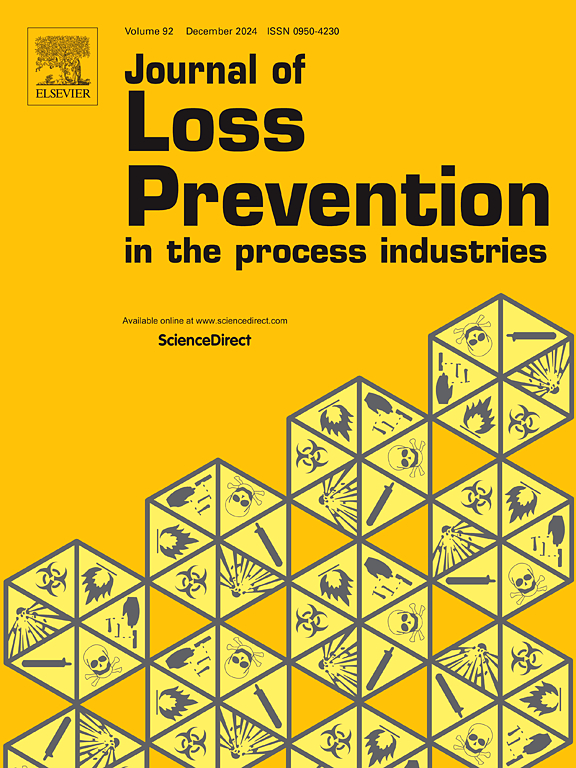Digitalisation in the fight against major accidents
IF 3.6
3区 工程技术
Q2 ENGINEERING, CHEMICAL
Journal of Loss Prevention in The Process Industries
Pub Date : 2025-03-08
DOI:10.1016/j.jlp.2025.105608
引用次数: 0
Abstract
In the context of the dynamic digital age, the prevention of major accidents has become a critical priority. The advent of digitalisation facilitates the development of innovative tools to help prevent the causes of such incidents. The use of simulation and virtual reality (VR) enables the realistic replication of hazardous scenarios, facilitating the practice of safe working procedures. This approach has been shown to increase risk awareness, improve safety skills and knowledge, and facilitate the implementation of enhanced preventive measures.
A review of historical data reveals a large number of cases where serious accidents have occurred as a result of human factors and inadequate safety measures. In this context, digitalisation offers a wealth of opportunities. The use of simulations and VR allows for more accurate risk identification and assessment, improved worker training and education, and the evaluation of novel work practices. As a result, human error can be minimised and the risk of major accidents significantly minimised. This article examines the role of digitalisation in the prevention of major accidents, with a particular focus on its ability to avert such incidents. The paper examines the principles of simulation and VR, highlighting their importance in preventing tragic events. The conclusion summarises the key points of the preceding discussion and underscores the significance of digitisation in building a safer industrial environment for the digital age.
In addition to simulations and virtual reality, digitalisation provides a range of further tools, including the collection and analysis of process safety data, the use of artificial intelligence for risk prediction, and the development of smart safety systems. Collectively, these tools contribute to a safer workplace and offer stronger protections for workers, thereby advancing accident prevention in the digital age.
求助全文
约1分钟内获得全文
求助全文
来源期刊
CiteScore
7.20
自引率
14.30%
发文量
226
审稿时长
52 days
期刊介绍:
The broad scope of the journal is process safety. Process safety is defined as the prevention and mitigation of process-related injuries and damage arising from process incidents involving fire, explosion and toxic release. Such undesired events occur in the process industries during the use, storage, manufacture, handling, and transportation of highly hazardous chemicals.

 求助内容:
求助内容: 应助结果提醒方式:
应助结果提醒方式:


